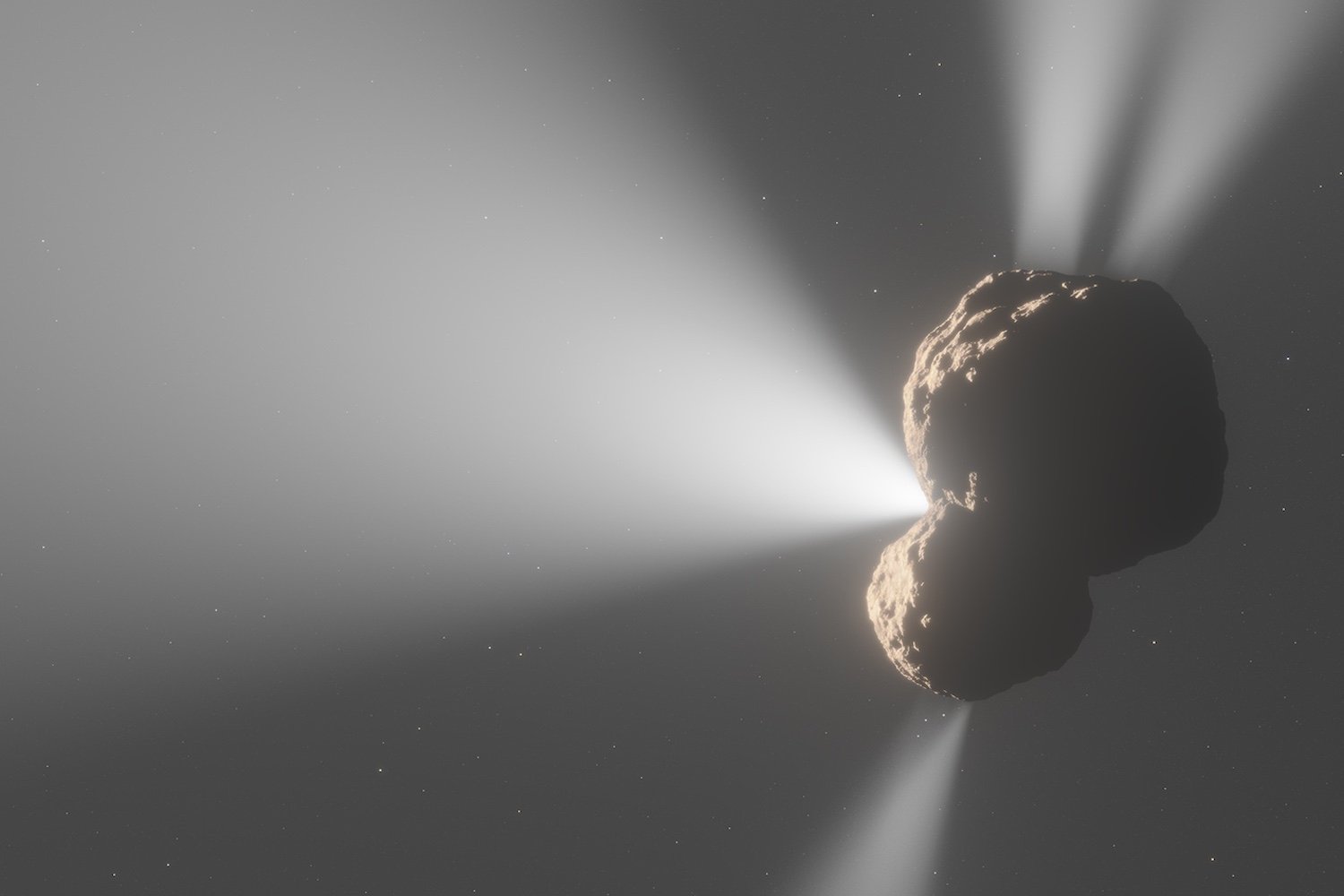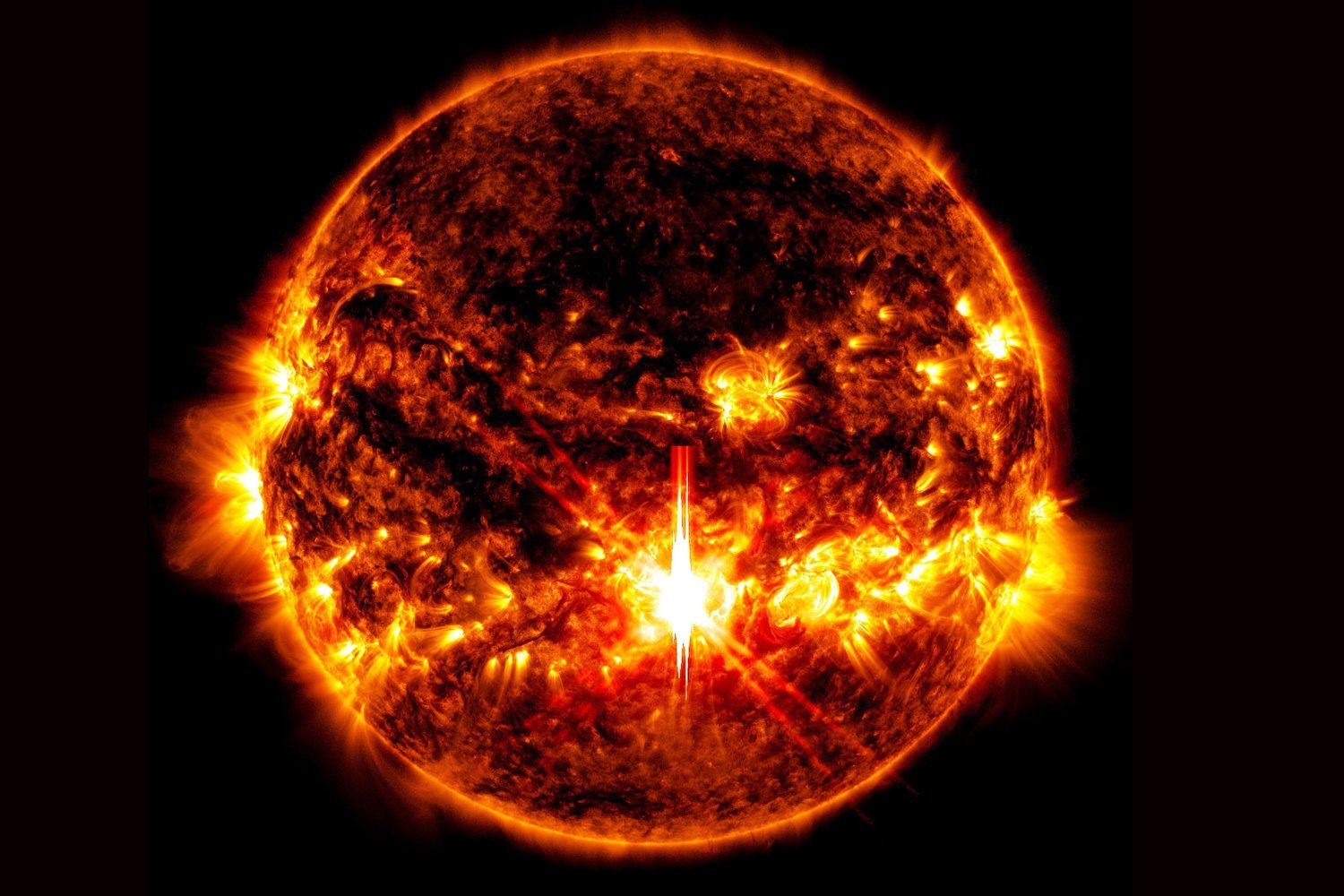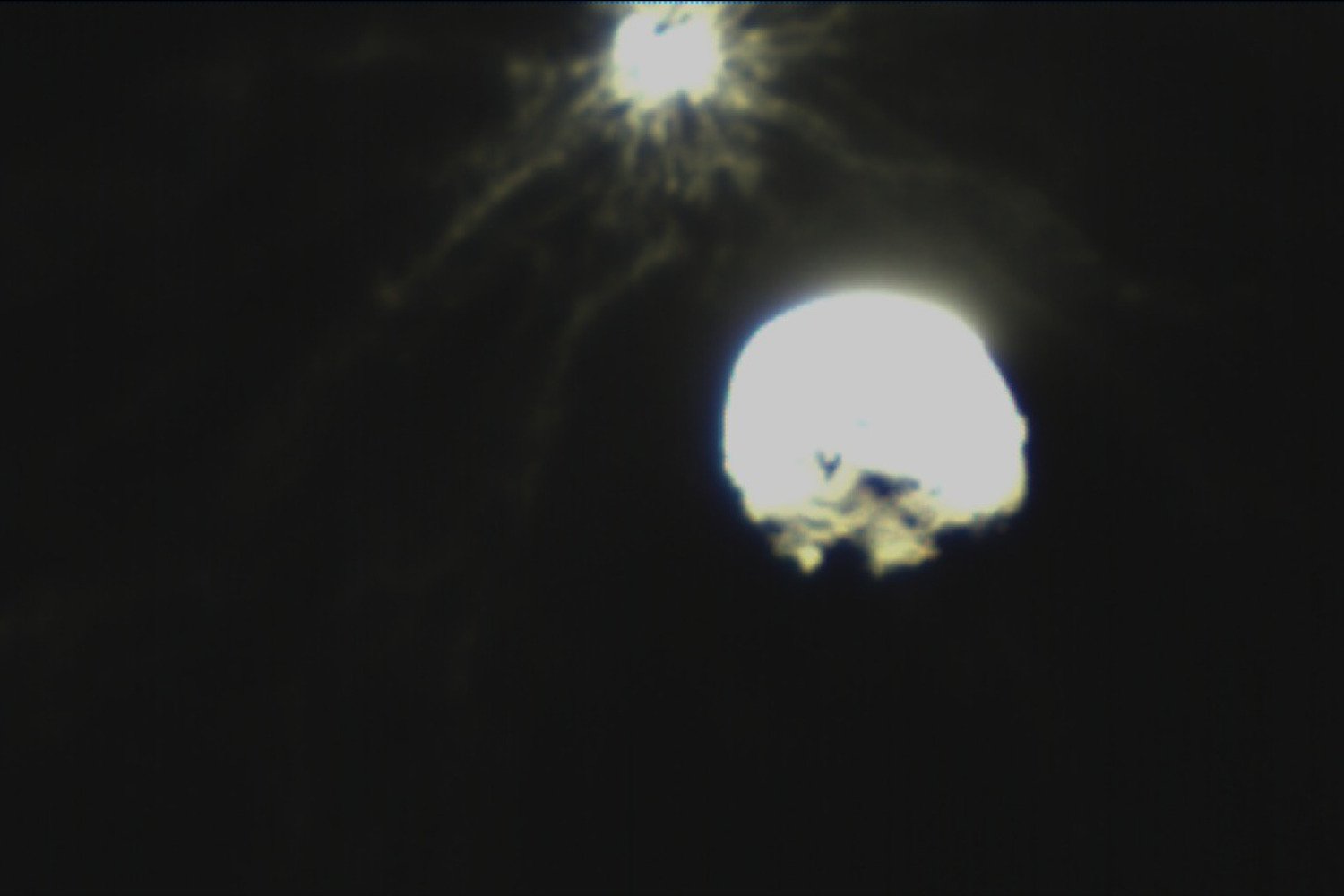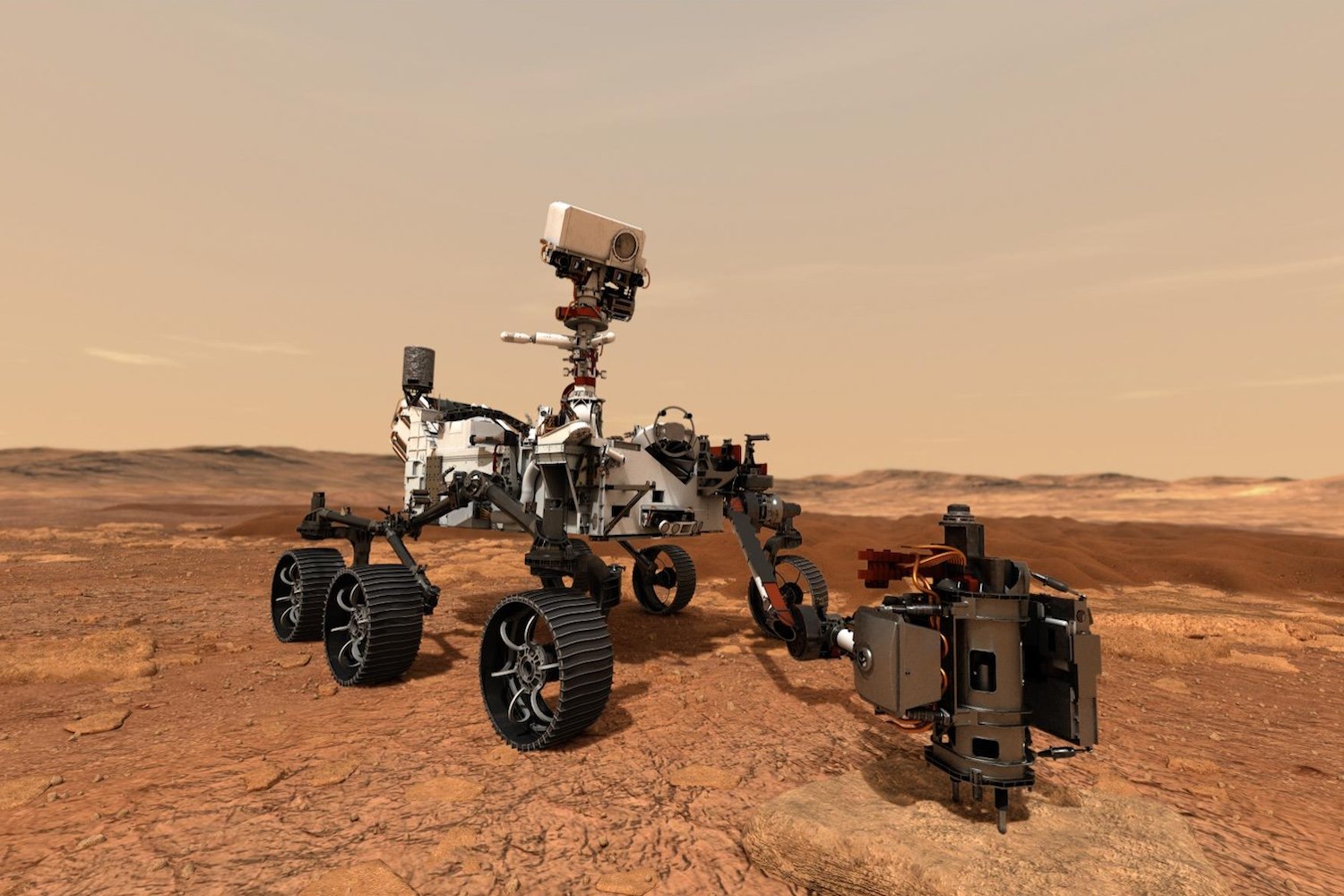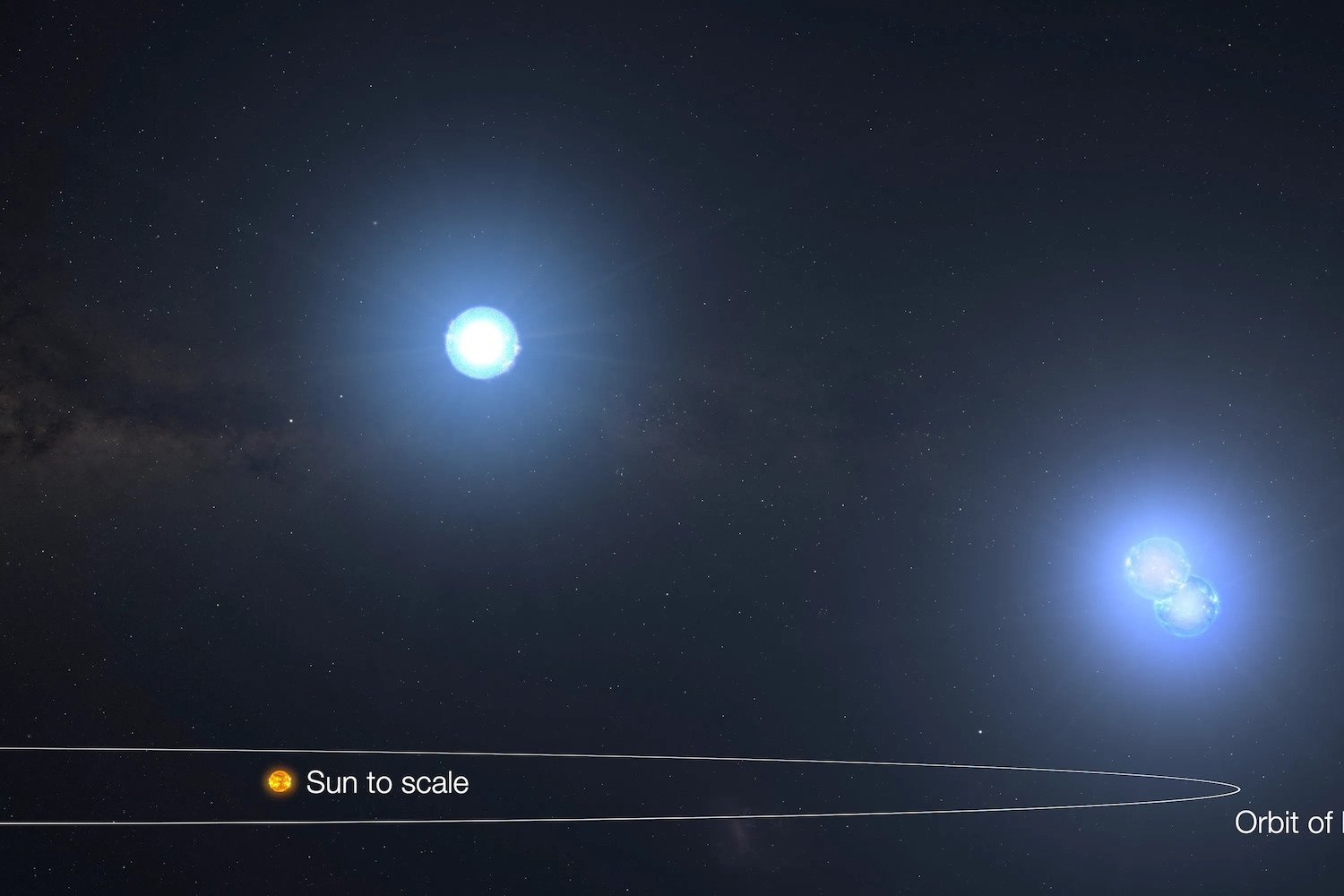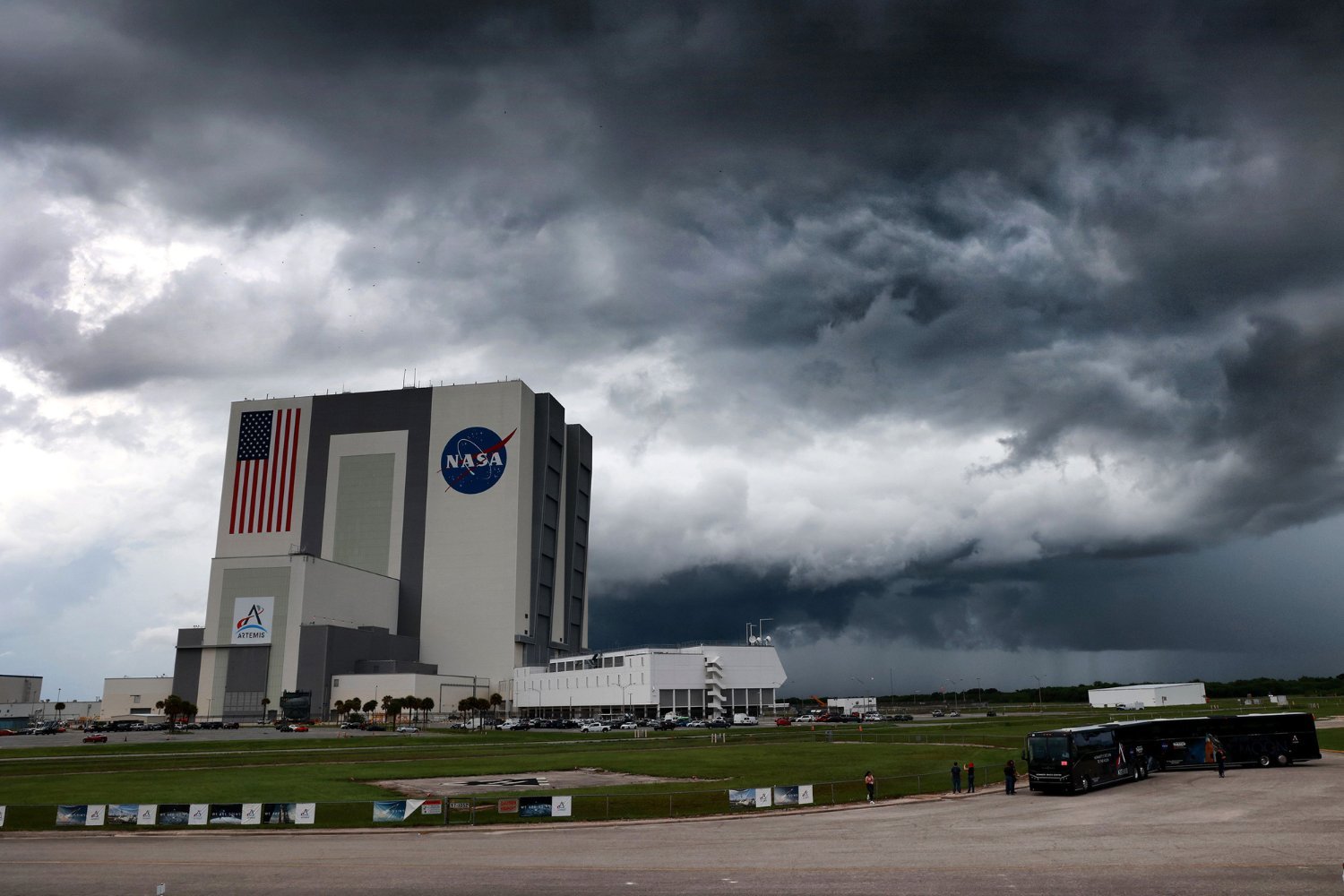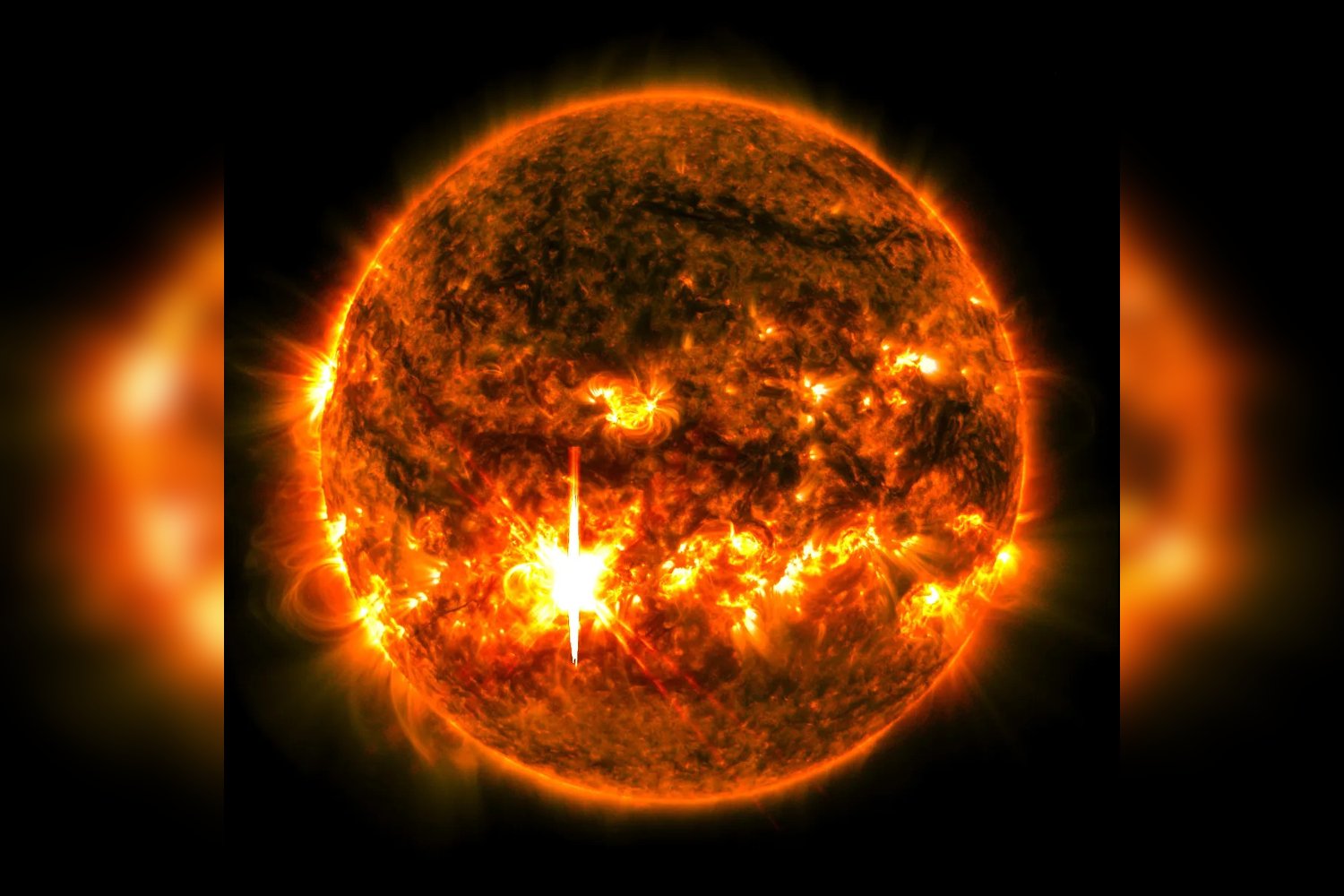Centaur 29P/Schwassmann-Wachmann 1, discovered in 1927, has long puzzled astronomers with its frequent and unpredictable outbursts, occurring every six to eight weeks. Recent observations by the James Webb Space Telescope (JWST) have shed new light on this enigmatic icy body, revealing three distinct jets of hot gas emanating from its surface, suggesting a complex and potentially multi-faceted origin.
This groundbreaking discovery, detailed in a recent study published in Nature, utilizes Webb’s near-infrared spectrograph to map the composition of the gases expelled from Centaur 29P. The data unveiled unprecedented details: two jets composed of carbon dioxide and a newly detected jet of carbon monoxide, all directed towards the Sun. These findings provide crucial insights into the centaur’s formation and offer a unique perspective on the early solar system’s evolution.
“The significant variations in carbon monoxide and carbon dioxide abundance across Centaur 29P’s surface indicate a possible composite structure,” explains Geronimo Villanueva, a co-author of the study from NASA Goddard. “This suggests 29P might be an amalgamation of distinct fragments, perhaps formed through the merging of two separate bodies with different formation histories. This challenges existing theories about the creation and preservation of primordial objects in the Kuiper Belt.”
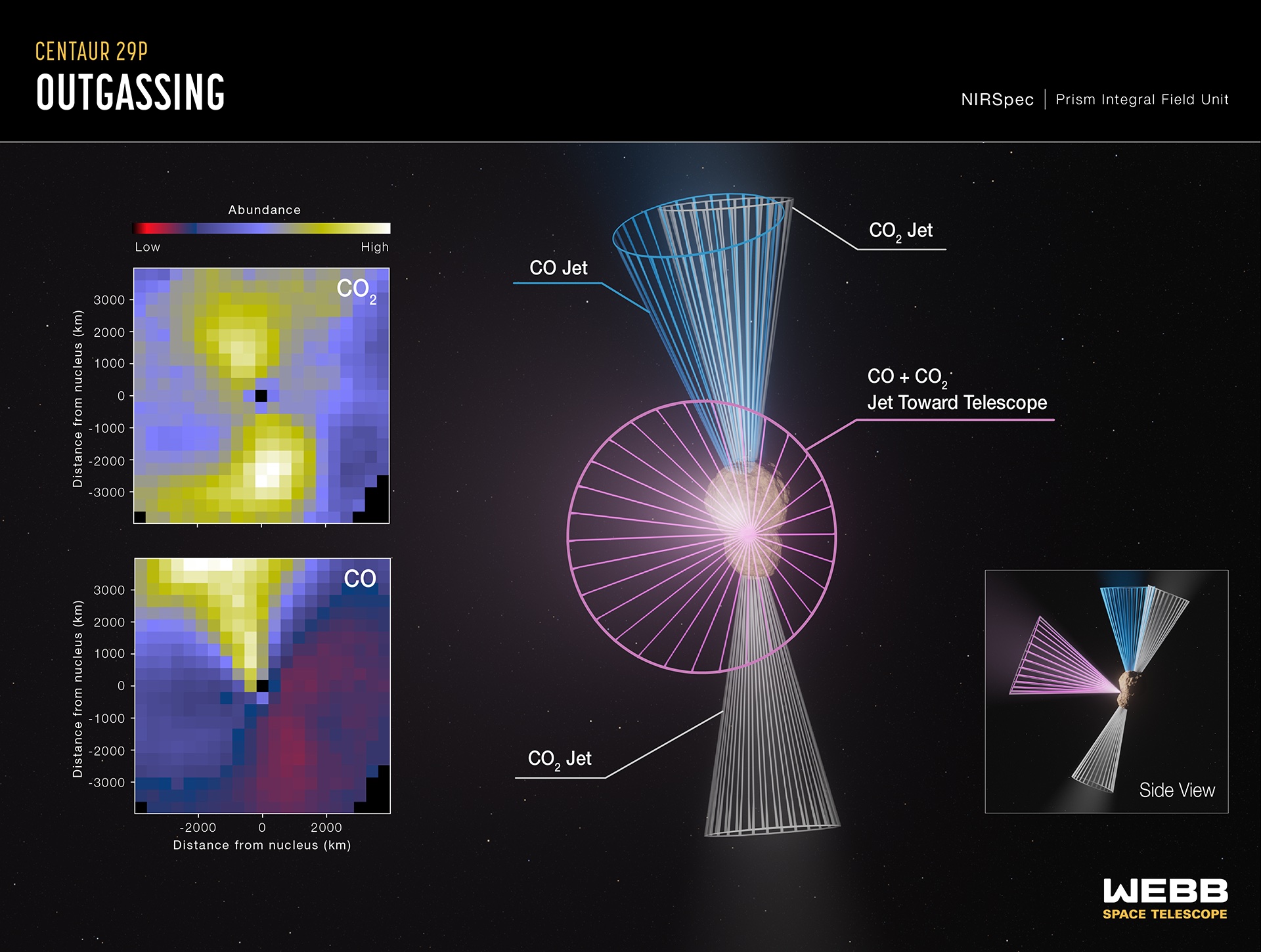 Webb Telescope Image of Centaur 29PImage Credit: NASA, ESA, CSA, L. Hustak (STScI), S. Faggi (NASA-GSFC, American University)
Webb Telescope Image of Centaur 29PImage Credit: NASA, ESA, CSA, L. Hustak (STScI), S. Faggi (NASA-GSFC, American University)
Centaurs occupy a unique category in our solar system. Neither comets nor asteroids, these icy bodies originally resided beyond Neptune. Gravitational interactions with the giant planets gradually altered their orbits, placing them between Jupiter and Neptune. They exhibit characteristics of both Trans-Neptunian objects and short-period comets, influenced by their proximity to the Sun.
“Centaurs are remnants from the early solar system formation. Preserved in frigid temperatures, they hold valuable information about volatile compounds present during the solar system’s infancy,” states Sara Faggi, lead author of the study and researcher at NASA’s Goddard Space Flight Center. “Webb’s exceptional resolution and sensitivity have provided unprecedented data. Witnessing this for the first time was truly remarkable, unlike anything we’ve seen before.”
Based on the collected data, the research team constructed a model of the observed jets. This model suggests that the jets originate from different regions on the centaur’s nucleus. The varying angles of the jets further support the hypothesis that the nucleus is a composite of distinct objects with varying compositions.
 Diagram of Centaur 29P JetsImage Credit: NASA, ESA, CSA, L. Hustak (STScI), S. Faggi (NASA-GSFC, American University)
Diagram of Centaur 29P JetsImage Credit: NASA, ESA, CSA, L. Hustak (STScI), S. Faggi (NASA-GSFC, American University)
Despite these advancements, the underlying cause of Centaur 29P’s dramatic outbursts and the mechanism driving its gas jets remain elusive. Unlike comets, where outgassing of water drives the jets, centaurs exist in environments too cold for water ice to transition to a gaseous state.
To further understand these processes, researchers require more extensive observations. “Our current data represents a single snapshot in time,” notes Adam McKay, a co-author from Appalachian State University. “Further investigation over a longer period is essential to gain a deeper understanding of Centaur 29P’s dynamic behavior.”
In conclusion, the Webb Telescope’s observations have unveiled remarkable insights into the complex nature of Centaur 29P. The discovery of distinct gas jets and the potential for a composite nucleus challenge existing theories and offer a unique window into the early solar system’s formation. Continued research promises to further unravel the mysteries surrounding this intriguing celestial body.



